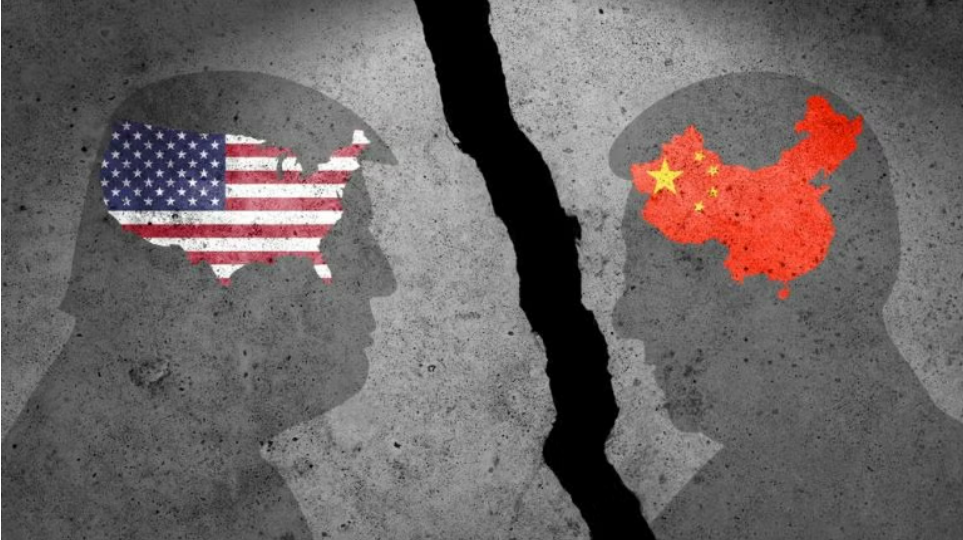Pending US-China tariff deal is concern for fashion sourcing

PENDING US-CHINA TARIFF DEAL IS CONCERN FOR FASHION SOURCING
Both the pending US-China tariff deal and legal case against Trump's reciprocal tariffs are adding to uncertainty within the fashion sector with an industry expert suggesting other Asian countries are most likely to be the overall winners.
On 11 June Trump posted on his Truth social platform that a US deal with China on tariffs was “done” and “subject to final approval”. He added it would be a total of 55% tariffs for the US with China getting 10%.
However, a subsequent report by Sky News claims China is taking a more cautious tone and is refusing to confirm Trump’s claims.
Speaking exclusively to Just Style, University of Delaware professor of fashion and apparel studies, Dr Sheng Lu says: “I do not think the proposed 55% tariff rate on US imports from China will help much in reducing market uncertainty overall.”
He continues: “Not only are the details of the agreement yet to be announced, but the nature of the deal, the pending legal case against the Trump administration’s imposition of IEEPA tariffs, and the pending tariff rates affecting US apparel imports from other sources also contribute to this uncertainty.”
If US apparel imports from China are subjected to a 55% tariff rate, Lu suggests “US fashion companies will further increase their sourcing volume from other leading Asian suppliers, particularly other leading apparel suppliers in Asia that are still subject to a relatively lower tariff rate, such as Vietnam, Bangladesh, and India”.
But, he is quick to add that many apparel exports from these Asian countries may come from factories owned by Chinese investors.
“It will also become increasingly common for Chinese garment factories to become super-vendors with production capabilities in multiple countries,” he says.
US fashion companies remain eager to find out what tariff rate they will face for imports from countries other than China in the next few months as Lu asserts this “is essential information for sourcing decisions”.
Based on the announced US-UK trade deals and pending deal with China, he believes it “is more likely than not that the final reciprocal tariff rate reached between the US and a trading partner will be 10% or even higher”.
In other words, he says: “The chances that US fashion companies would pay a lower tariff rate than they currently do are quite low.”
By Just Style
